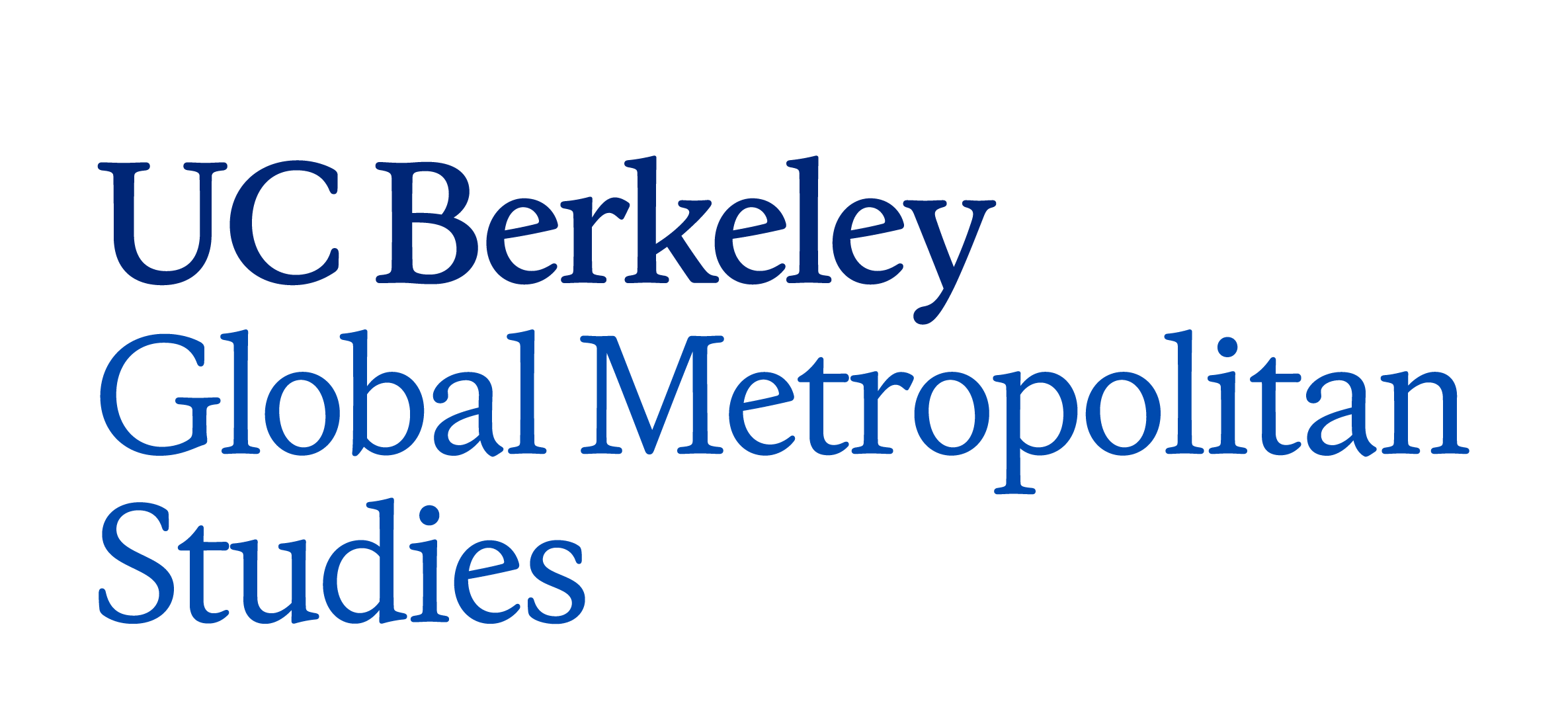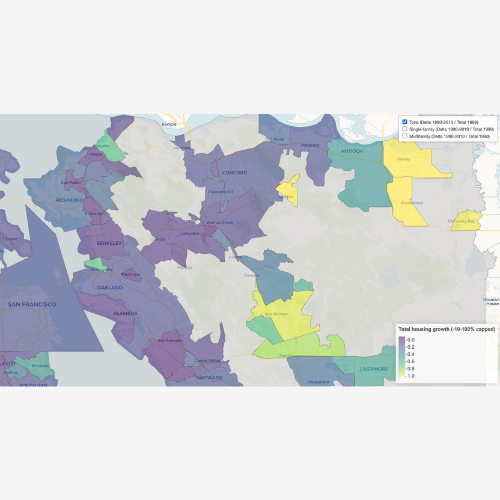Research often identifies limited production of new, diverse, and affordable housing in middle-class White suburbs as a mechanism sustaining Black-White racial segregation in contemporary U.S. cities. Yet it rarely examines Asian Americans, a rapidly growing group with high average income and education that could, in principle, ease market constraints. Instead, accounts of Asian settlement typically foreground preferences for a neighborhood’s racial and ethnic composition rather than supply and affordability dynamics.
My research uses mixed methods to examine how suburban housing development structures Asian American segregation with other racial groups. Qualitative interviews with Asian residents in the San Francisco Bay Area suggest that households prioritize safety and school quality over co-ethnic presence, but extreme unaffordability constrains choices and steers searches toward suburbs with new construction and lower entry prices. These constraints are likely sharper for Asian Americans, as many are immigrants entering saturated housing markets and concentrated in expensive coastal gateways. Quantitatively, analysis of PUMS and a tract panel from 1980 to 2019 reveal that Asian households are more likely than other major groups to occupy newly built units and that suburbs adding more single-family housing experience faster Asian population growth. Because new supply attracts more Asian populations than other groups, with very little White population growth, uneven regional housing development across suburbs channels households into a limited set of jurisdictions and increases Asian-White segregation. These findings suggest that economic mobility does not insulate Asian Americans from exclusionary housing regimes shaped by land use and immigration governance.

